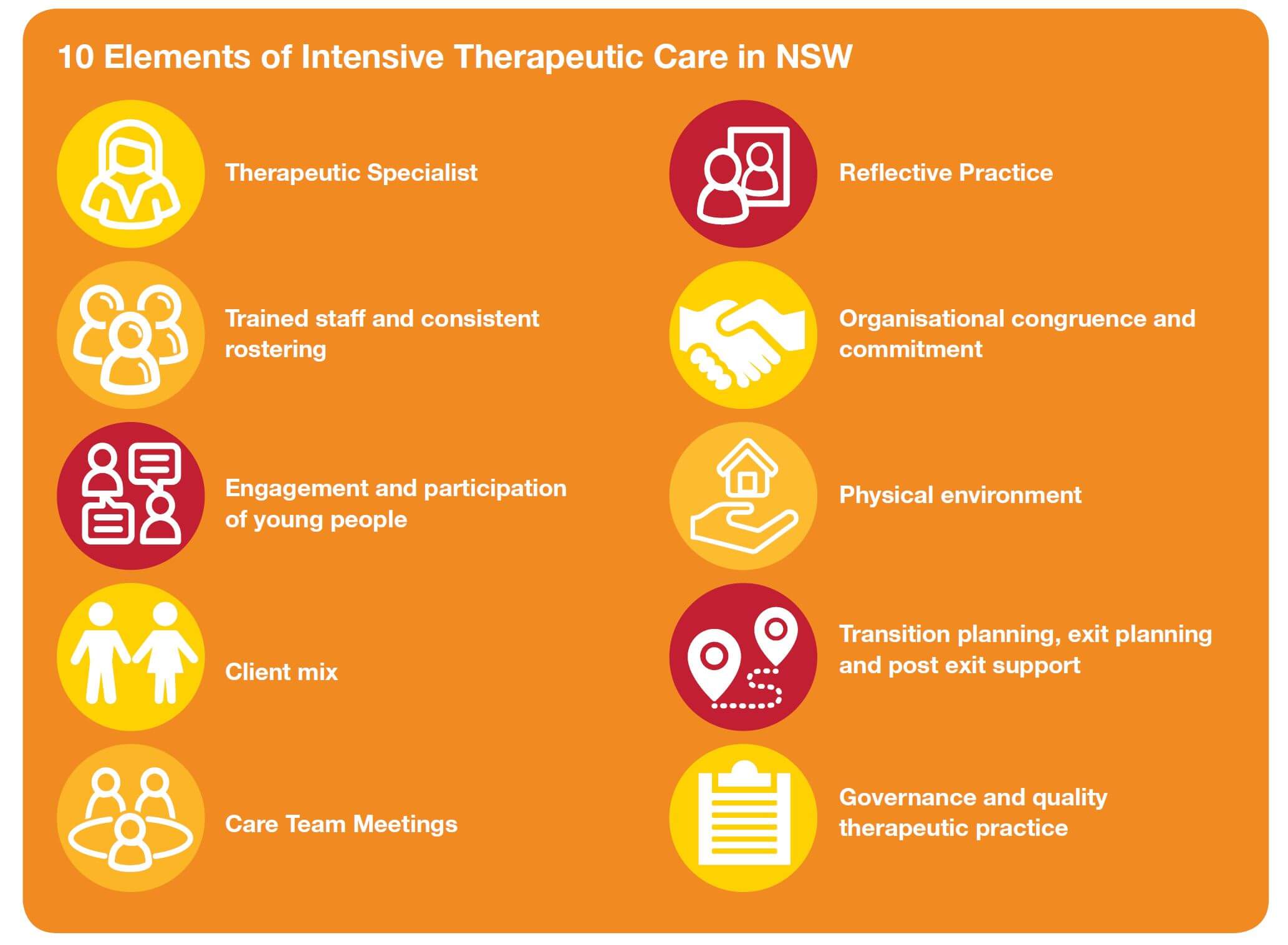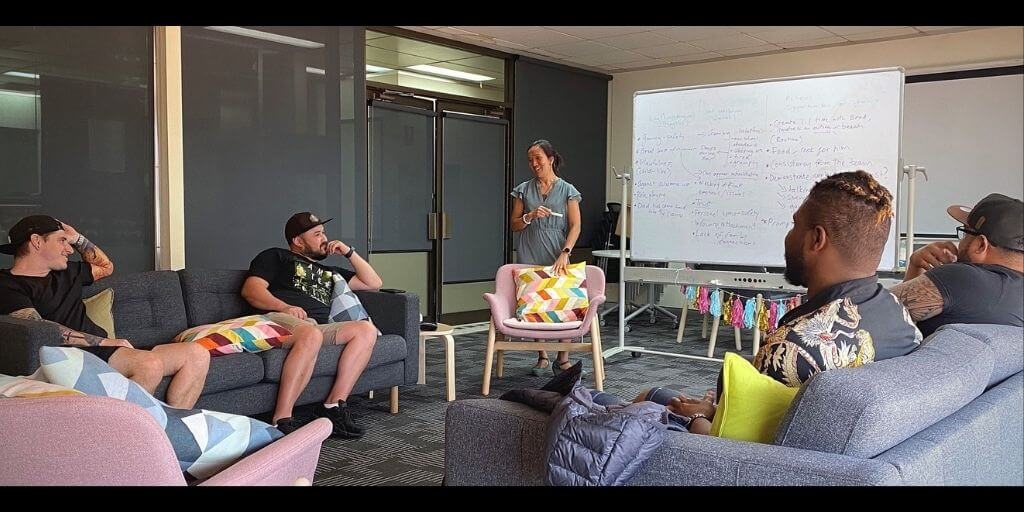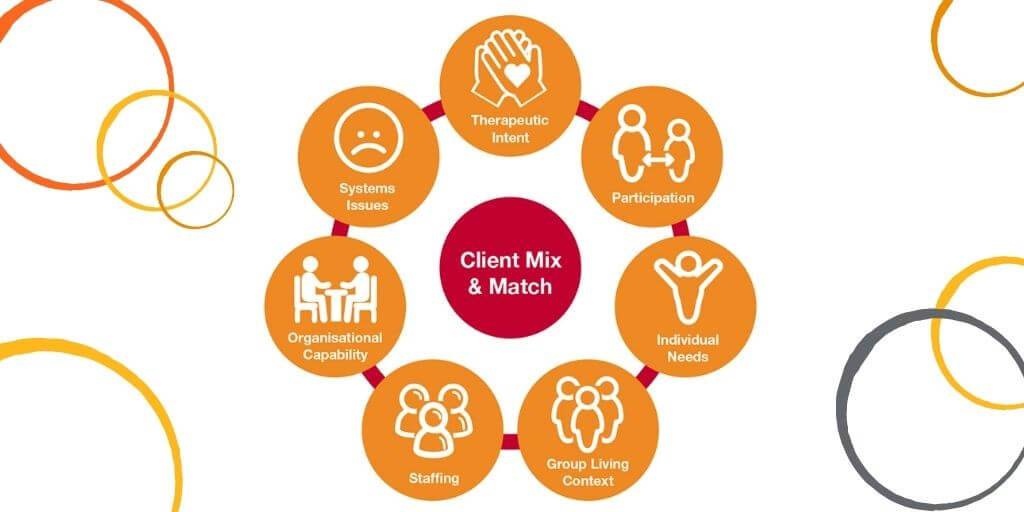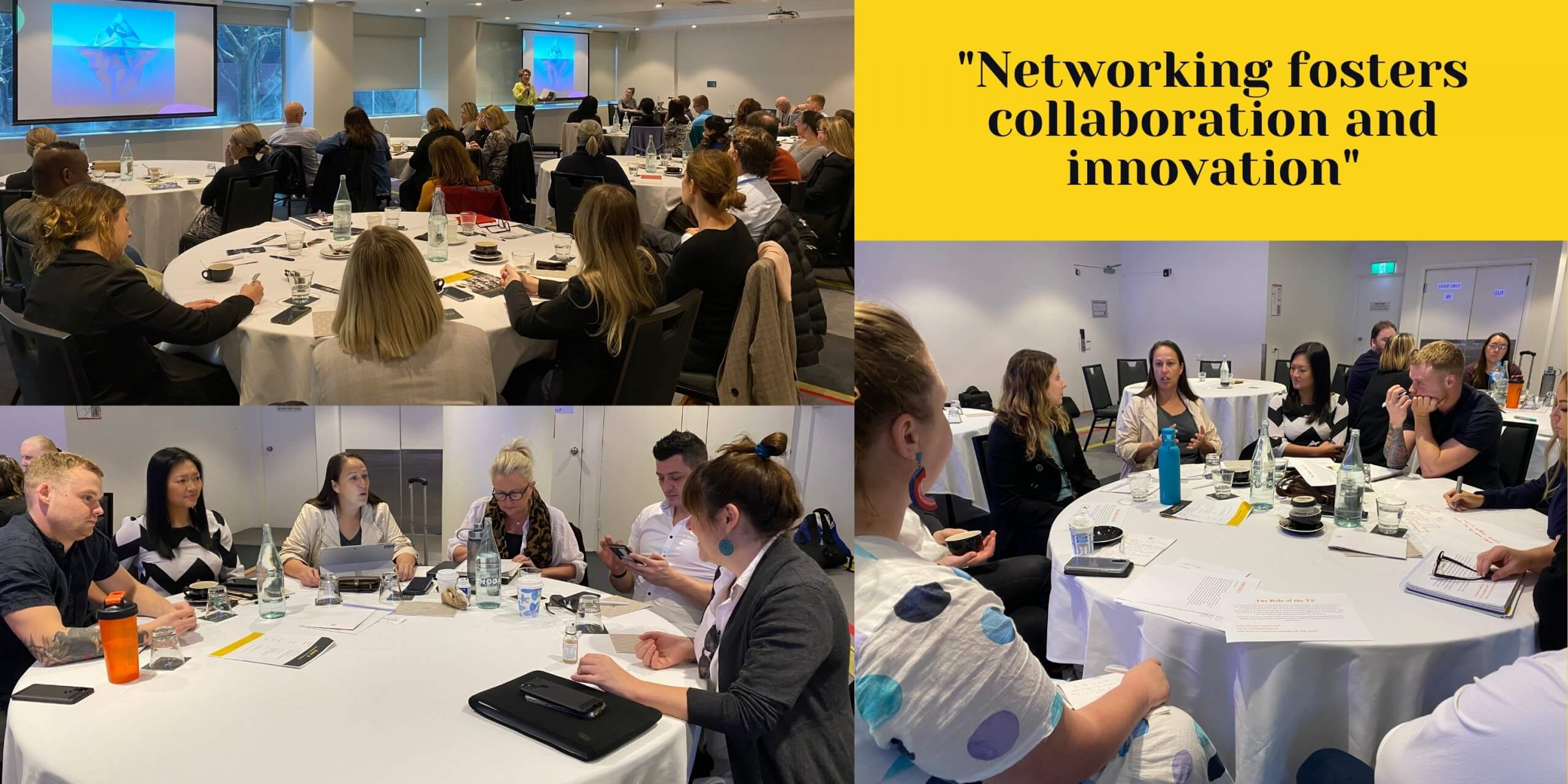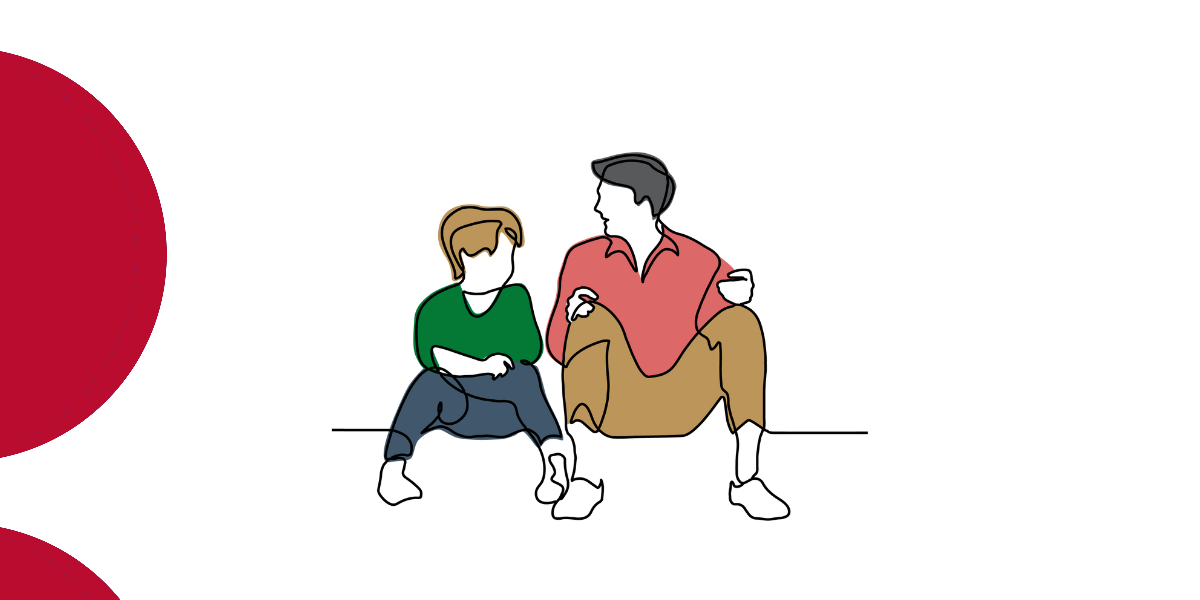What are the 10 essential elements of the Intensive Therapeutic Care System in NSW?
Mar 2019
Written by Janise Mitchell
Concepts of ‘complexity’ and ‘evidence’ are often heard in discussions that seek to find ways to better meet the needs of traumatised young people requiring more intensive forms of care. Debates about ‘evidence-based’ versus ‘evidence-informed’ practice have emerged in policy and practice debates as everyone struggles to find ‘what works’. Similarly, debates about locally developed versus international ‘evidence-based’ programs are also common, particularly when thinking about the needs of Aboriginal young people in care.
‘What is evidence and how do we use it?’ These are the questions we are currently grappling with.
Randomised controlled trials, with their origins in medicine, have traditionally been held as the gold standard of ‘evidence’, however, this is increasingly being challenged in the context of child welfare that is attempting to address complex social problems
Evidence-informed practice has sought to bring together evidence-based processes (the skills, techniques and approaches used by practitioners in their work), research evidence from evidence-based programs and the unique values and beliefs held by both practitioners and clients that are brought to the working relationship (Moore, 2016).
Drawing from thinking about ‘evidence-informed practice and service delivery’ the common elements approach looks to identify what is common across a range of approaches as signposts for what will be effective (Barth et al, 2012).
The advantages of a common elements approach include:
- greater flexibility for serving a variety of client populations, many of whom will have complex needs; and,
- less complexity in having a workforce trained in using a common elements approach versus in multiple evidence-based programs which all may have different requirements (Barth 2012).
The ‘10 Essential Elements of Intensive Therapeutic Care’ is a common elements approach that has been used to underpin the service re-design of residential care in NSW.
Verso Consulting was contracted by the NSW Department of Family and Community Services (FACS) to advise on the design of the Intensive Therapeutic Care System and conceptualise the essential common elements that underpinned an evidence-informed approach to the provision of Intensive Therapeutic Care. Verso Consulting reviewed two previous national and international studies to inform the conceptualisation of the 10 Essential Elements for the Intensive Therapeutic Care System (2016):
- Therapeutic approaches to social work in residential child care settings (Northern Ireland)
- Evaluation of the Therapeutic Residential Care Pilot Programs (Victoria).
These studies both examined therapeutic residential care programs informed that drew from by a range of theoretical approaches (five programs in Northern Ireland, twelve in Victoria). The Northern Ireland study
…highlighted a number of similarities across the models in terms of core concepts and essential skills. Apart from the differences in language, there were more similarities than differences…
Drawing on the outcomes of both of these studies, Verso Consulting proposed the Ten Essential Elements which now underpin the Intensive Therapeutic Care System in NSW. These ten elements are summarised below:

Therapeutic Specialist – Therapeutic specialists have proven to significantly affect client outcomes and are intrinsically linked to each element of a therapeutic program. Their impacts are multi-dimensional and pervasive. Their importance is not only in relation to their specialist knowledge, assessments and therapeutic planning but equally in terms of the quality of their relationships with staff, children and young people, families and other Agencies.
Trained staff and consistent rostering – Becoming trauma-informed is a process through which we use knowledge about the prevalence and impact of trauma, abuse and neglect to re-examine how we see, interpret, and interact with children and young people. Trauma-informed care is a principle-based culture change process, and being trauma-informed requires viewing the world through a new lens. Training enables staff to gain a deeper and broader understanding of the issues affecting children and young people and the theory behind their practice
Engagement and participation of young people – Participation is a process where someone influences decisions about their lives and this leads to change. It is not just about listening to children and young people’s views; it is about them influencing what is decided and how things are done.
Client mix – The importance of the overall mix of children and young people when assessing the suitability of a potential new child or young person in the therapeutic program is a critical element of the success of a therapeutic program. The objective of client group matching is to create a mix that maximises the opportunities for all children and young people to experience on-going safety and benefit from the therapeutic approach.
Care Team Meetings – When it comes to helping troubled children and young people no single practitioner, profession or service has all the answers. Where the needs are complex and challenging, a multi-system approach is necessary. Working together to remove or reduce the key risk factors, strengthen the protective factors and take a holistic approach to address the issues related to the young person’s wellbeing. This is known as the ‘care team’.

Reflective Practice – The delivery of a therapeutic residential service incorporates an intellectual dimension which requires staff to employ sharp analytical and reflective skills to unravel presenting complexity, uncertainty and risk. Learning from experience, and recognising that each child and young person’s situation is different, necessitates that the use of reflective practice is an ongoing practice characteristic which should permeate all therapeutic practice. No two children are the same and one size does not fit all in terms of practice interventions.
Organisational congruence and commitment – The challenge for all therapeutic programs is to translate their values and principles into daily organisational practice in a manner that is accountable, professionally responsible, and in the best interests of those served. Therapeutic programs need to create the conditions for all staff, at all levels, to respond effectively to needs and complexity and ensure organisation and system cultures (policies, practices and procedures at all levels) are congruent with the children’s best interests and sensitively applied in practice.
Physical environment – Identification of “physical environment” as an essential element goes beyond the limitations of the facility and more broadly encompasses how the young people experience the physical environment. The physical environment and the physical arrangements contribute significantly to the creation of a home-like environment that provides a sense of normality and ensures physical and emotional safety.
Transition planning, exit planning and post-exit support – To support successful support a young person transitioning from OOHC, staff need to recognise the importance of preparing young people for leaving care. Enabling young people to actively participate and involve themselves in decision-making can help them in managing their future. Practical and emotional support throughout the process should begin early and include the young person. Most importantly, professionals need to work in strengths-based ways to support the aspirations of young people during this transitional period of their lives.
Governance and quality therapeutic practice – Governance is a system through which programs are responsible for continuously improving the quality of their service and ensuring high standards of care by creating an environment in which excellence in therapeutic care will flourish.
There is more information about each of the Ten Essential Elements in the Practice Guide which we have recently published and is available on the Centre for Excellence in Therapeutic Care website: Click Here
Janise Mitchell
Director, Centre for Excellence in Therapeutic Care
References
Barth, R., Lee, B., Lindsey, M., Collins, K., Streider, F., Chorpita, B., Becker, K. and Sparks, J. (2012). Evidence-based practice at a crossroads: The timely emergence of common elements and common factors, Research on Social Work Practice, 22,1, 108-119.
Moore, T. (2016). Towards a model of evidence-informed decision-making and service delivery. CCCH. Working Paper No.5. Parkville, Victoria: Centre for Community Child Health, Murdoch Children’s Research Institute.
Verso Consulting. (2016). Therapeutic Residential Care System Development: Evidence Guide https://www.facs.nsw.gov.au/__data/assets/file/0005/381893/TRCSD-Evidence-Guide-13jm-120716-accessible.pdf

